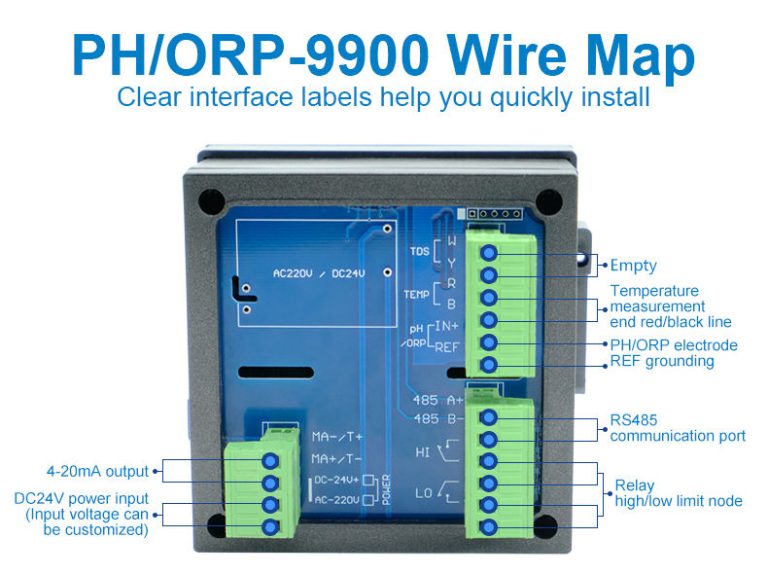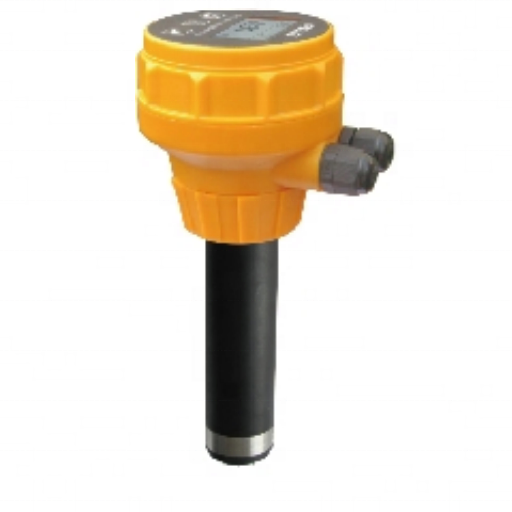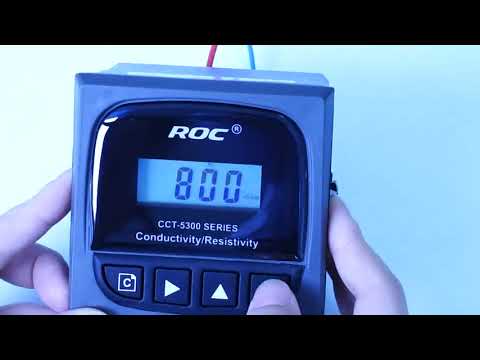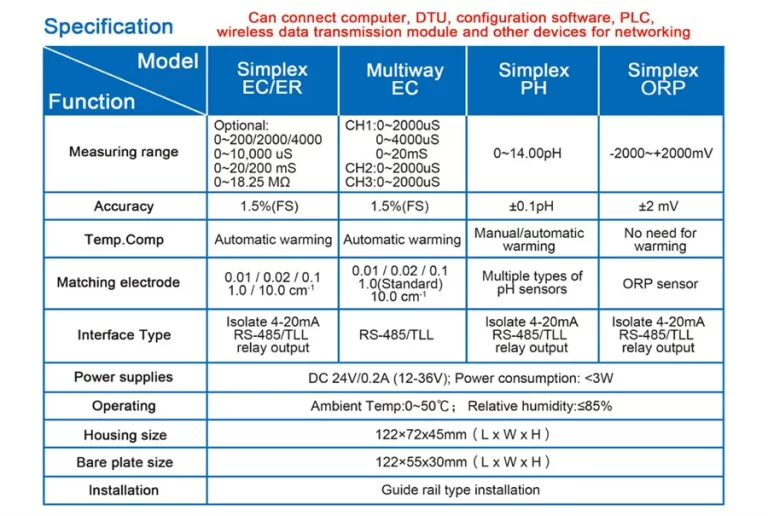“Free chlorine: Keeping your pool clean and safe, without the extra cost.”
Table of Contents
Benefits of Free Chlorine in Swimming Pools
Chlorine is a common chemical used in swimming pools to keep the water clean and safe for swimmers. One of the most important forms of chlorine in pool maintenance is free chlorine. Free chlorine refers to the amount of chlorine available in the water to kill bacteria, algae, and other harmful contaminants. It is essential for maintaining a healthy swimming environment and preventing the spread of waterborne illnesses.
Free chlorine is different from total chlorine, which includes both free chlorine and combined chlorine. Combined chlorine is chlorine that has already reacted with contaminants in the water and is no longer effective at sanitizing the pool. Free chlorine, on the other hand, is the chlorine that is actively working to kill bacteria and other pathogens. Maintaining the proper balance of free chlorine in a pool is crucial for ensuring that the water is safe for swimmers.
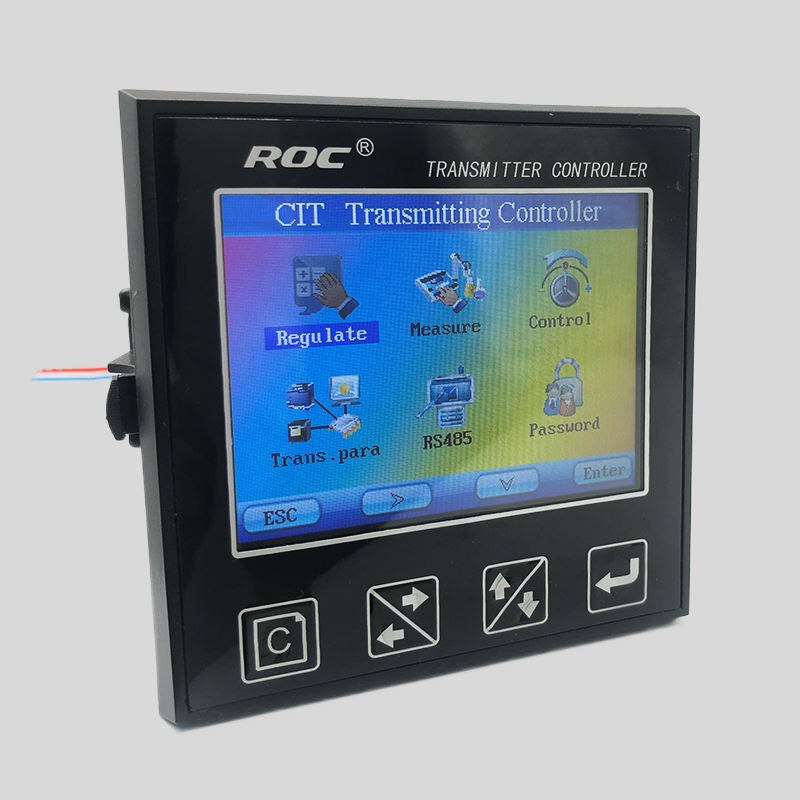
One of the main benefits of free chlorine in swimming pools is its ability to kill harmful bacteria and viruses. Chlorine is a powerful disinfectant that can effectively destroy a wide range of pathogens, including E. coli, Giardia, and Cryptosporidium. By maintaining the proper level of free chlorine in a pool, pool owners can help prevent the spread of waterborne illnesses and keep swimmers safe.
| FCT-8350 Flow Transmitter | |
| Measurement range | Instantaneous flow:(0~2000)m3/h;Accumulated flow:(0~99999999)m3 |
| Flow rate | (0~5)m/s |
| Applicable pipe diameter | DN 25~DN 1000 for selection |
| Resolution | 0.001 m3/h |
| Renew interval | 1S |
| Accuracy | 2.0 level |
| Repeatability | ±0.5% |
| Probe input | Range :0.5Hz~2KHz;Power supply:DC 12V(instrument supply) |
| Analog output | (4~20)mA,Instrument/transmitter for selection; |
| Control output | Semi-conductor photo electronic relay,Load current 50mA(max),AC/DC 30V |
| Control mode | Instantaneous flow high/low limit alarm, flow variable frequency conversion |
| Working power | DC24V |
| Power consumption: | <3.0W |
| Cable length | 5m as standard ; or(1~500)m for selection |
| Working environment | Temp.:(0~50)℃;relative humidity≤85%RH(non condensation) |
| Storage environment | Temp.:(-20~60)℃; relative humidity:≤85%RH(non condensation) |
| Protection level | IP65(with back cover) |
| Dimension | 96 mm×96 mm×94mm (H×W×D) |
| Hole size | 91mm×91mm(H×W) |
| Installation | Panel mounted,fast installation |
| Model | pH/ORP-8500A pH/ORP Online Meter |
| Range | pH:0.00~14.00 ; ORP:(-1999~+1999)mV; Temp.:(0.0~100.0)°C (Temp.Compensation: NTC10K) |
| Resolution | pH:0.01 ; ORP: 1mV; Temp.:0.1°C |
| Accuracy | pH:+/-0.1 ; ORP: +/-5mV(electronic unit); Temp.: +/-0.5°C |
| Temp. compensation | NTC10K Temperature compensation |
| Medium Temp. | (0~80)°C |
| Analog output | Double channels isolated; transportable(4~20)mA, instruments/ transmitter mode |
| Control Output | Triple channels semiconductor photoelectric switch, load current: AC/DC 30V, 50mA(max) |
| Communication port | RS485,Modbus RTU protocol |
| Working Environment | Temp.(0~80)℃; relative humidity <95%RH (non-condensing) |
| Storage Environment | Temp.(-20~60)℃;Relative Humidity ≤85%RH (none condensation) |
| Power Supply | DC 24V |
| Power consumption | <3W |
| Protection level | IP65 (with back cover) |
| Dimension | 96mmx96mmx94mm(HxWxD) |
| Hole Size | 91mmx91mm(HxW) |
In addition to its disinfectant properties, free chlorine also helps to control algae growth in swimming pools. Algae can quickly take over a pool if left unchecked, turning the water green and making it unappealing for swimmers. By maintaining the proper level of free chlorine, pool owners can prevent algae from growing and keep their pool looking clean and inviting.
Another benefit of free chlorine in swimming pools is its ability to oxidize organic contaminants. Organic contaminants, such as sweat, urine, and sunscreen, can build up in pool water and create a breeding ground for bacteria and algae. Free chlorine helps to break down these contaminants and keep the water clean and clear.
Maintaining the proper balance of free chlorine in a pool is essential for ensuring that the water is safe and healthy for swimmers. The ideal range for free chlorine in a pool is between 1.0 and 3.0 parts per million (ppm). Pool owners can test the free chlorine levels in their pool using a test kit and adjust the chlorine levels as needed to maintain the proper balance.
In conclusion, free chlorine plays a vital role in maintaining a clean and safe swimming environment. By killing bacteria, controlling algae growth, and oxidizing organic contaminants, free chlorine helps to keep pool water clean and clear. Pool owners should regularly test the free chlorine levels in their pool and make adjustments as needed to ensure that the water is safe for swimmers. By understanding the benefits of free chlorine and how to maintain the proper balance, pool owners can enjoy a clean and healthy swimming experience.
How to Test and Maintain Free Chlorine Levels in Water Systems
Free chlorine is a critical component in maintaining the cleanliness and safety of water systems. It is a powerful disinfectant that helps to kill harmful bacteria, viruses, and other pathogens that can contaminate water sources. In order to ensure that free chlorine levels are at an appropriate level, it is important to regularly test and maintain these levels in water systems.
One of the most common methods for testing free chlorine levels in water systems is through the use of test strips. These strips are typically dipped into the water sample and then compared to a color chart to determine the concentration of free chlorine present. This method is quick and easy, making it a popular choice for many water system operators.
Another method for testing free chlorine levels is through the use of a chemical test kit. These kits typically involve adding a reagent to the water sample and then measuring the color change to determine the concentration of free chlorine. While this method may be slightly more involved than using test strips, it can provide more accurate results.
Once free chlorine levels have been tested, it is important to take steps to maintain these levels within the appropriate range. The ideal range for free chlorine in water systems is typically between 1-3 parts per million (ppm). If free chlorine levels are too low, there may not be enough disinfectant present to effectively kill harmful pathogens. On the other hand, if free chlorine levels are too high, it can lead to issues such as skin irritation and an unpleasant taste and odor in the water.
To maintain free chlorine levels within the appropriate range, it is important to regularly monitor and adjust the levels as needed. This may involve adding chlorine to the water system to increase levels or adjusting the chlorine feed rate to decrease levels. It is also important to regularly check for any factors that may be affecting free chlorine levels, such as pH levels, temperature, and the presence of organic matter.
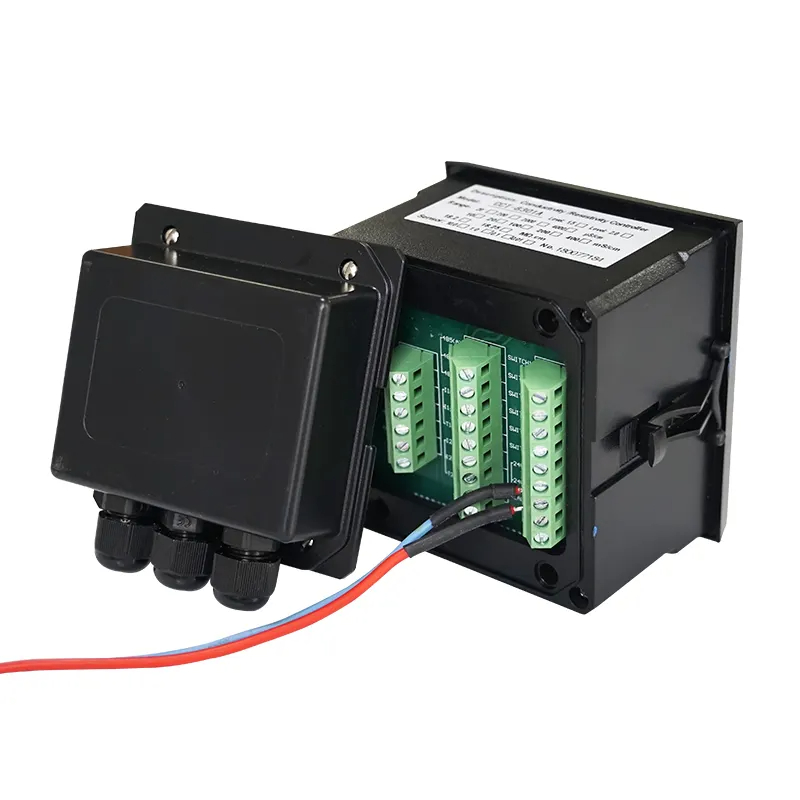
In addition to testing and maintaining free chlorine levels, it is also important to ensure that the water system is properly maintained and cleaned. This includes regularly cleaning and disinfecting water storage tanks, pipes, and other components of the system. By keeping the water system clean and well-maintained, it can help to ensure that free chlorine levels remain at an appropriate level and that the water remains safe for consumption.
In conclusion, free chlorine is an essential component in maintaining the cleanliness and safety of water systems. By regularly testing and maintaining free chlorine levels within the appropriate range, water system operators can help to ensure that the water remains safe for consumption. By following proper testing and maintenance procedures, water system operators can help to protect the health and well-being of those who rely on the water system for their daily needs.

